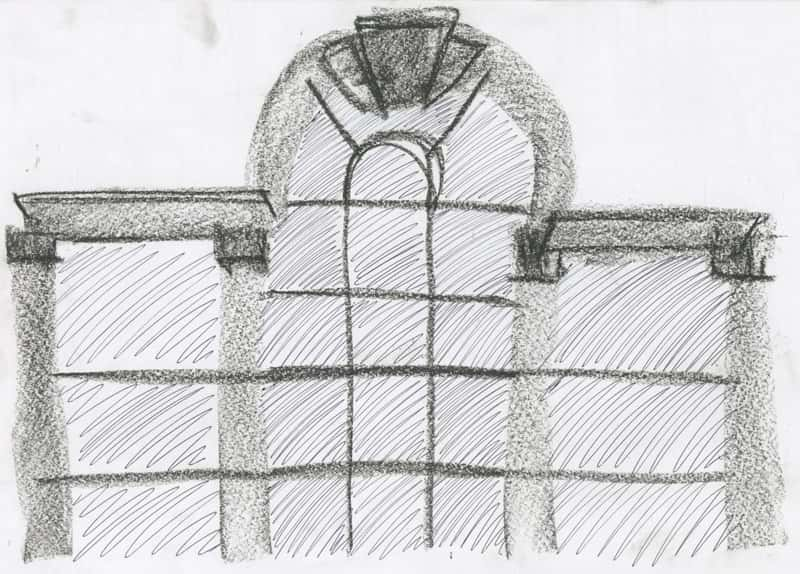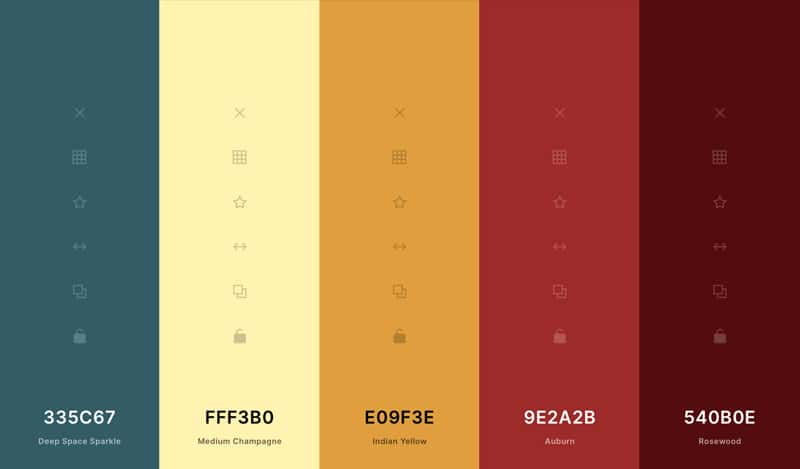How it started vs. How it’s going: Emma’s BA Textile Design scarf project
Have you ever looked at an artist’s work and thought that they must have always been that good and sure of what they’re doing?

It’s easy to look at a piece of creative and not understand the development that leads up to the finished product.
How it started vs. How it’s going aims to highlight what goes on in the background of each creative project, as well as comparing the artist’s personal growth over time.
In this episode we speak to BA (Hons) Textile Design student Emma Strudwick, and take a look at the development of her scarf design project.
Emma tells us about her love for the Regency era, and the endless possibilities of digital design in Textiles.
How it started: Emma’s initial research
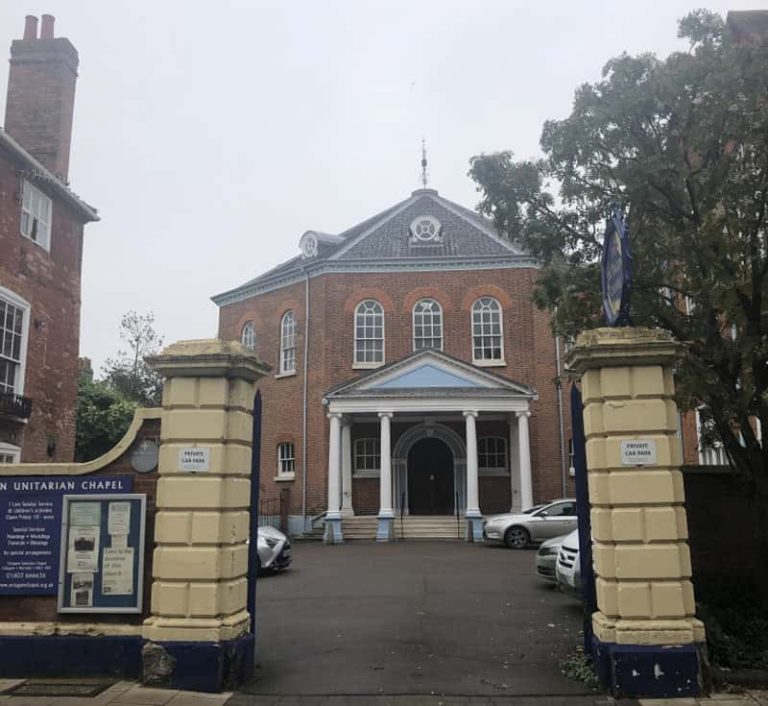
Emma Strudwick
What was the brief?
The brief for this project was to create a scarf design inspired by Norwich as ‘A City of Stories.’ The design process also needed to include an aspect of digital textiles, for example: Designaknit; the digital loom; CAD embroidery; sublimation printing or textile printing on the Mimaki.
The final project gets submitted to and judged by the Costume & Textiles Association – an organisation which works to promote the rich history of Textiles within Norwich. The top three scarf designs will be printed in full size and recognised by the C&TA.
How did you start your project?
I started my project by collating primary research, for example photographs and later drawings or mark-making. From this I established that the imagery for my design will be taken from architecture. However, I was unsure whether it would include entire buildings or just specific motifs.
My initial idea stemmed from a love of history, especially in conjunction with design. I wanted to combine the C&TA brief with my interest in the Regency period (1811-1820).
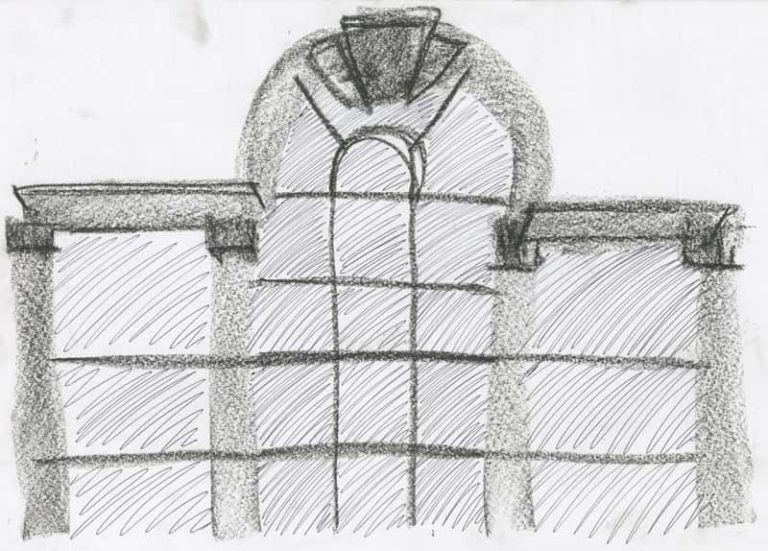
Emma Strudwick
What feedback did you get?
During group tutorials, my peers as well as the tutor expressed a concern that my focus on the Regency era may hinder the design process, suggesting it is too niche.
Instead, they advised that I broaden the idea, so it included any historic buildings around the city that sparked inspiration for me.
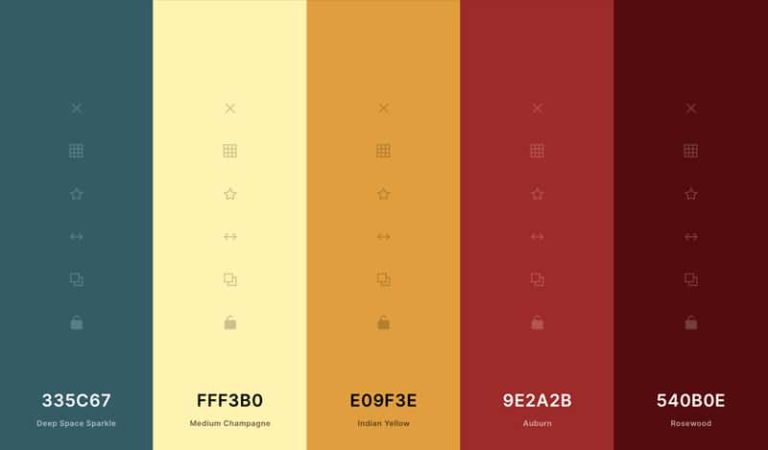
Emma Strudwick
How did you push your idea forward?
Taking on this feedback, I began to use photoshop to create a rough scarf design using imagery from my photographs. We also had a workshop where we had to consider who our scarf design was for: their gender; age; occupation and background. This exercise was a great way to contextualise our designs and visualise what kind of customer we were targeting.
Deciding on a colour palette for the scarf was difficult, as I knew I wanted it to be unisex. In addition, the fact that I was printing my design using the Mimaki meant that there were endless colour choices and how many I could use.
I preceded to use both WGSN and Coolors to establish popular shades that are also unisex and chose from those.
How it’s going: Emma’s final scarf
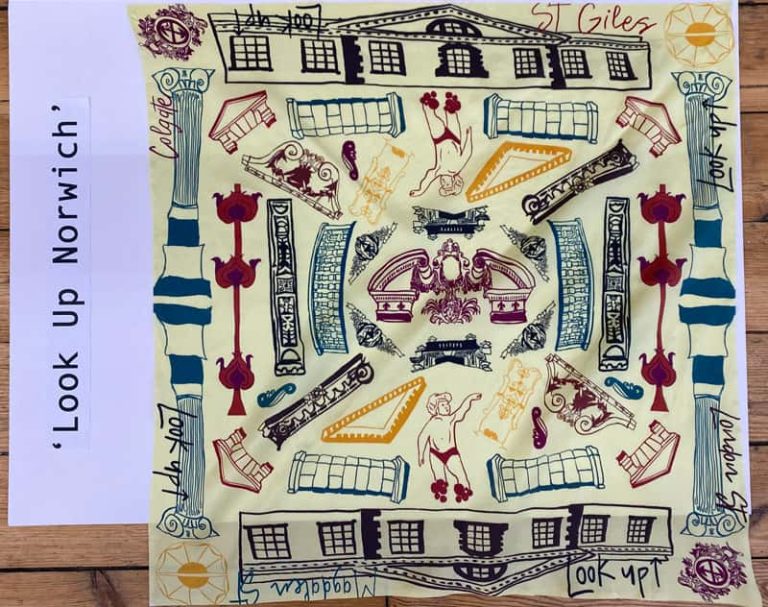
Emma Strudwick
Tell us about your final outcome
The final outcome is a 50×50 silk scarf designed using Adobe Photoshop and printed using the Mimaki textile printer.
Each individual motif has been hand-drawn digitally by me; some from drawings and others directly from the photographs I collected during primary research.
The design for the scarf is inspired by the stunning decorative architecture that surrounds us here in Norwich.
I named my scarf ‘Look up Norwich’, the concept being that the motifs can’t be seen from ground level. The idea is that you must stop and look up to truly immerse yourself in your surroundings.
Personally I am very pleased with the final design. I quite like its unconventional style, as I decided not to include a deliberate border.
This project has shown me that the possibilities are endless when using digital design software. I’ve decided that a career in digital print is what I’d like to pursue.
Explore BA (Hons) Textile Design (opens in a new window)Gallery
Other interviews
-

In conversation with Norwich’s newest lecturers in Marketing and Business Management
-
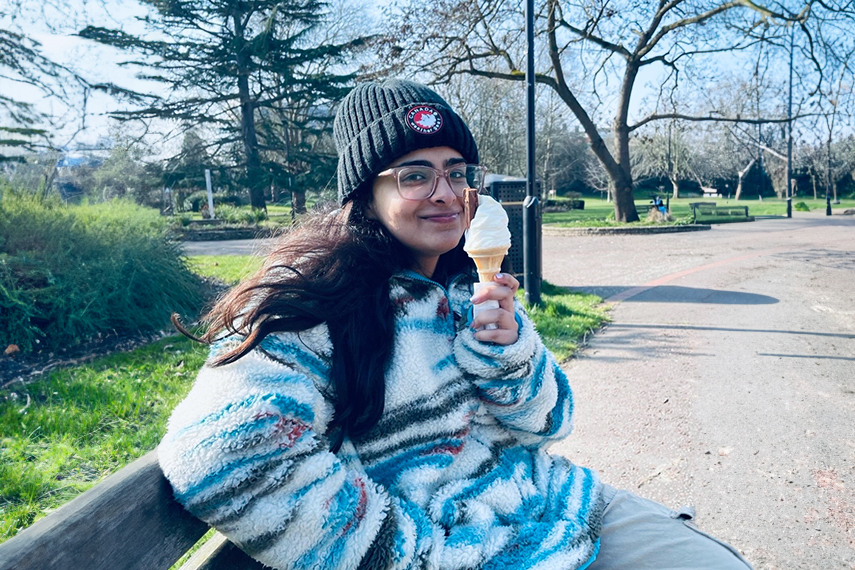
Dear future international students – Diya Vaya, BA (Hons) Film and Moving Image Production
-
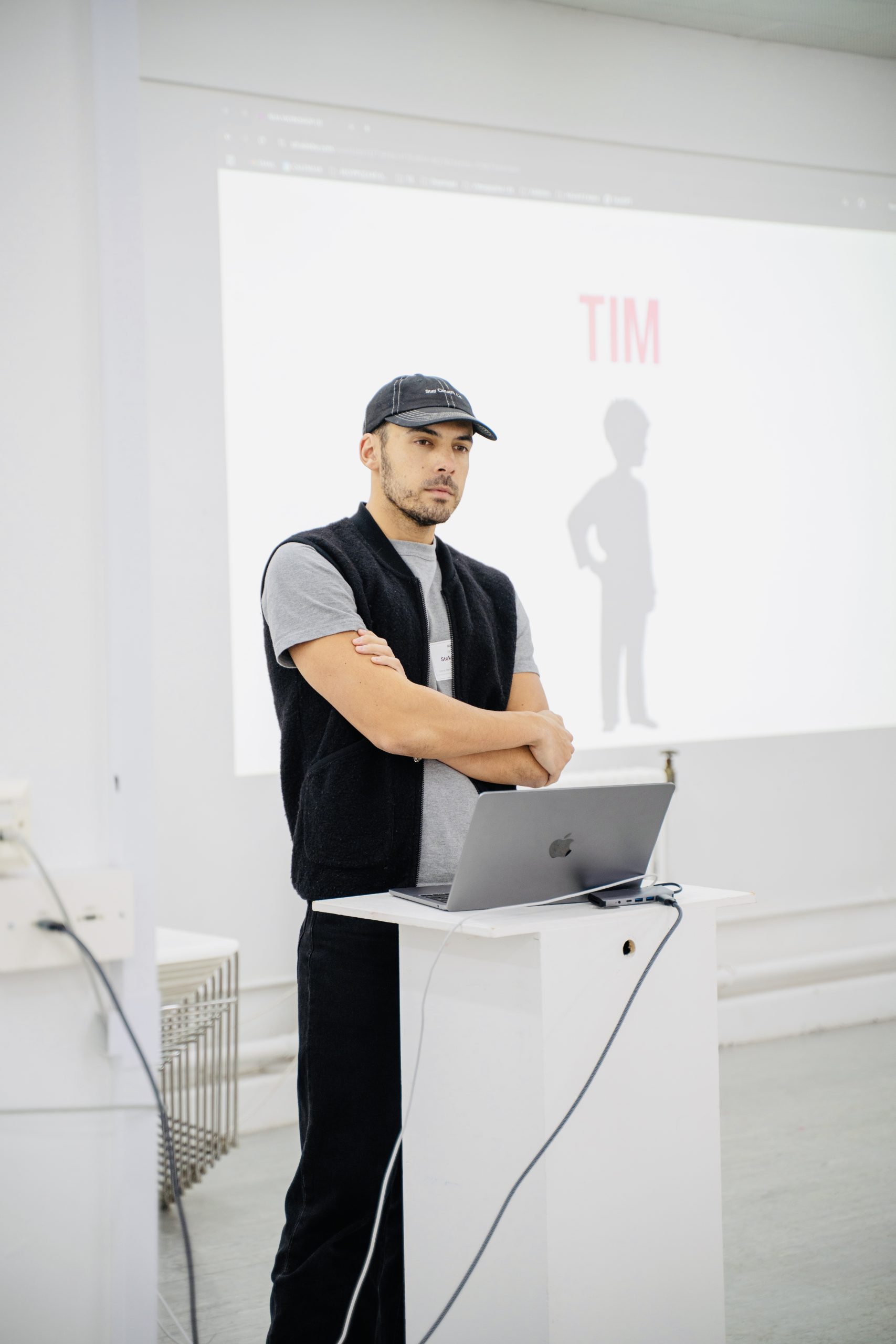
Inside Interchange Week with Stokely Howard of Trendy Grandad
-

Shape Shift Converse Rework: Authentic co-creation of art in mental health settings
-
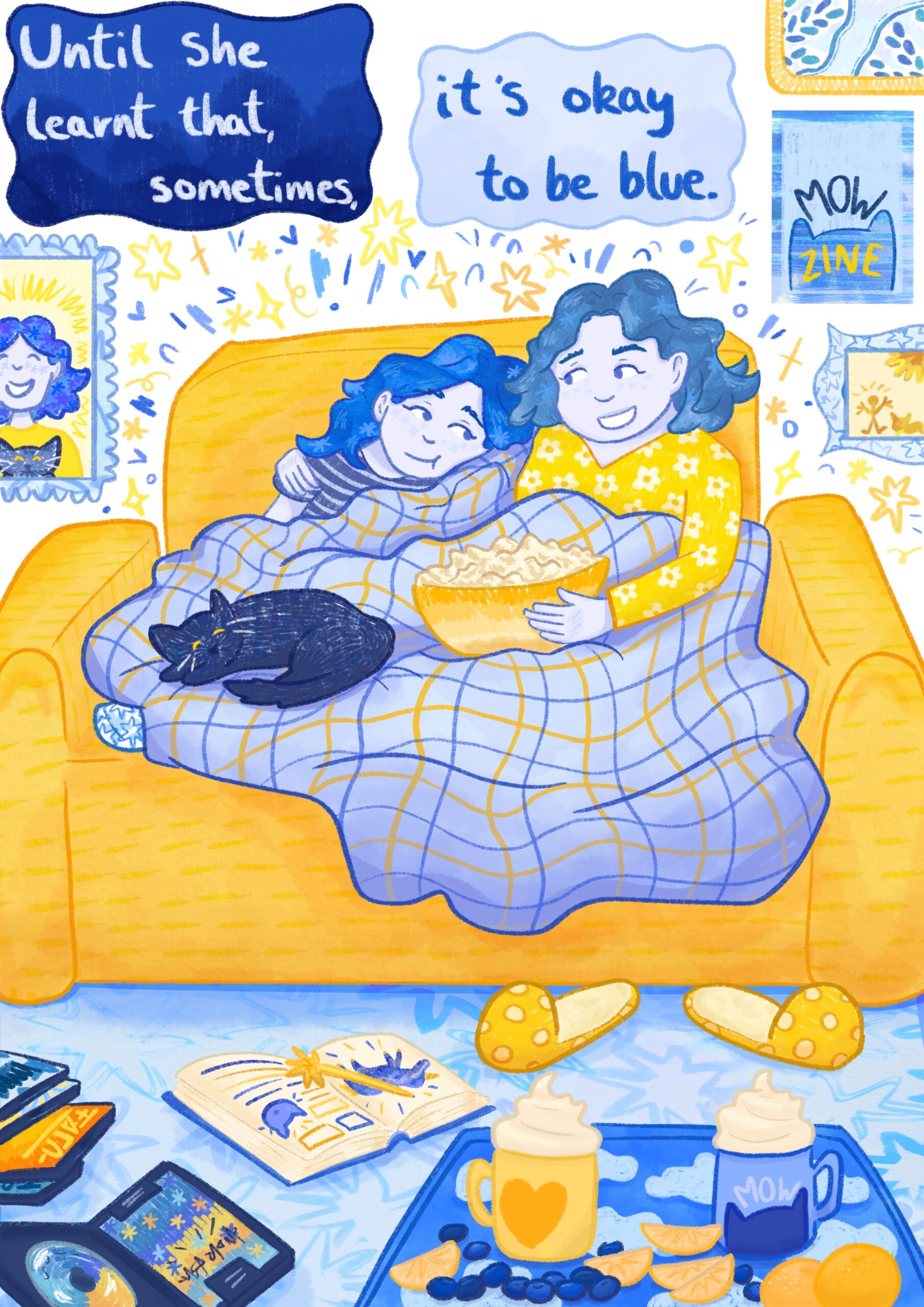
In conversation with Gabriella Mason, BA (Hons) Illustration
-
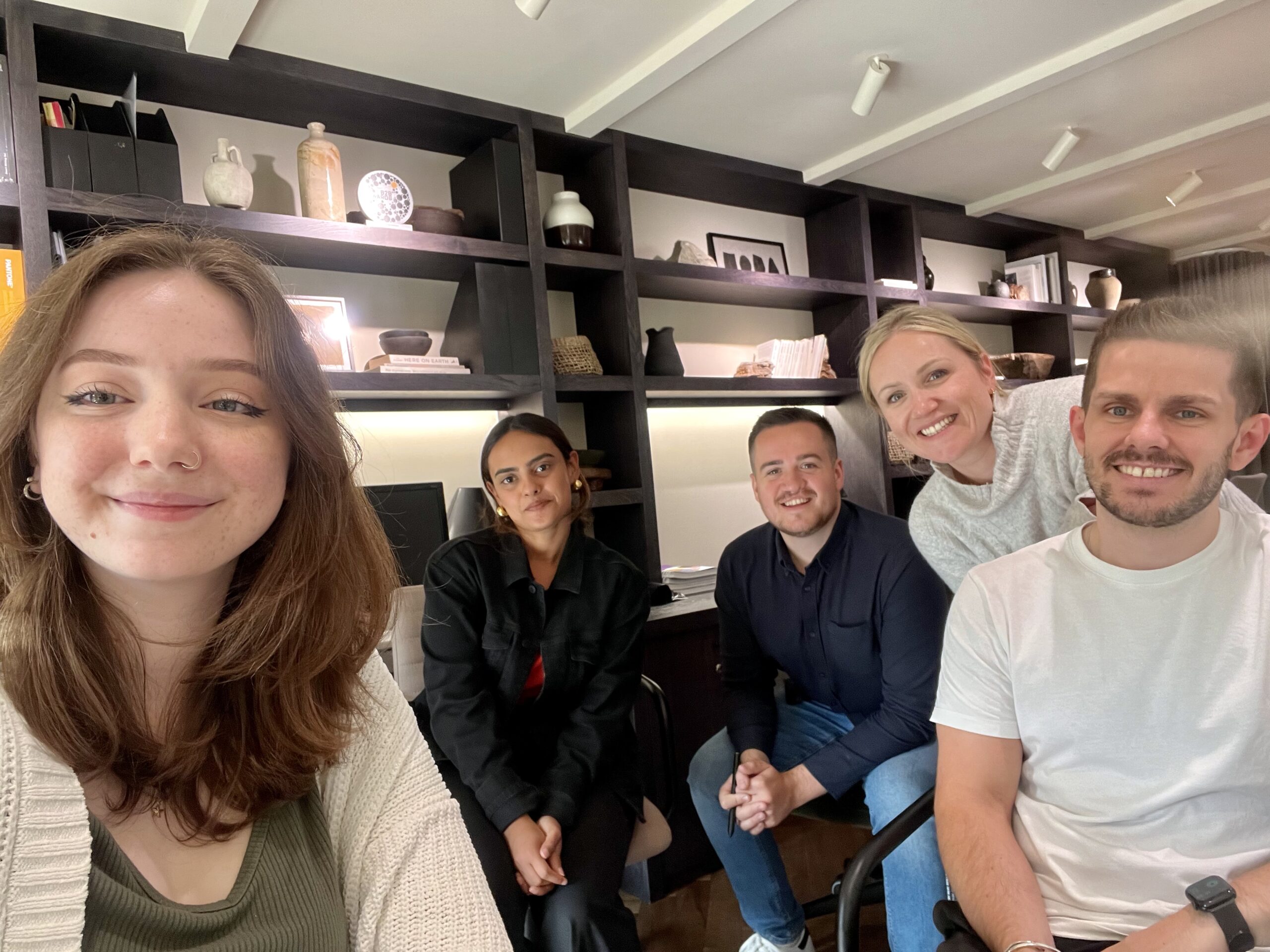
In conversation with Cassie Muskett, BA (Hons) Graphic Communication
-
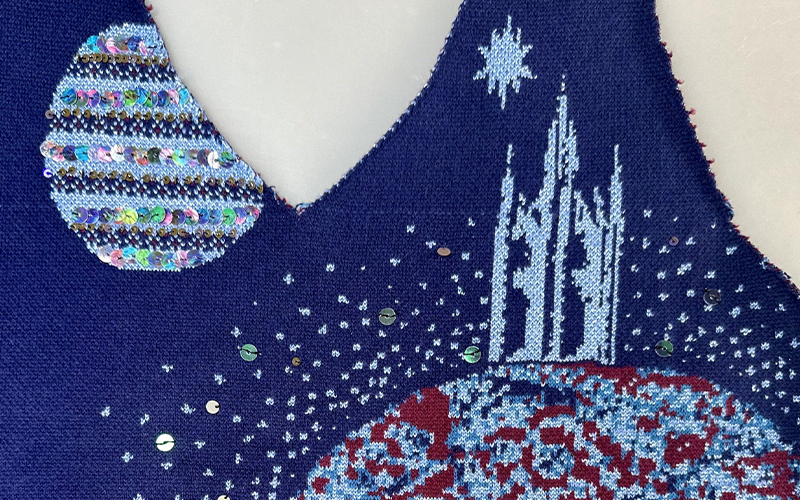
Embracing AI in Textile Design: A journey of creativity and collaboration
-
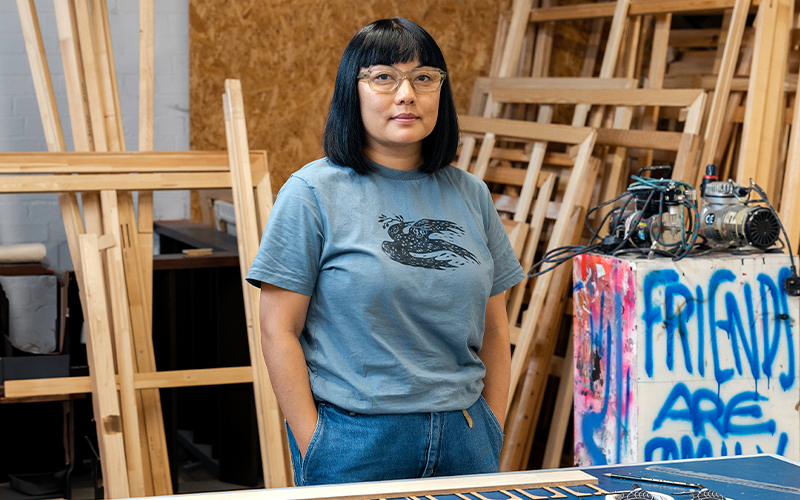
In conversation with: Alice Lee, BA (Hons) Illustration lecturer
-
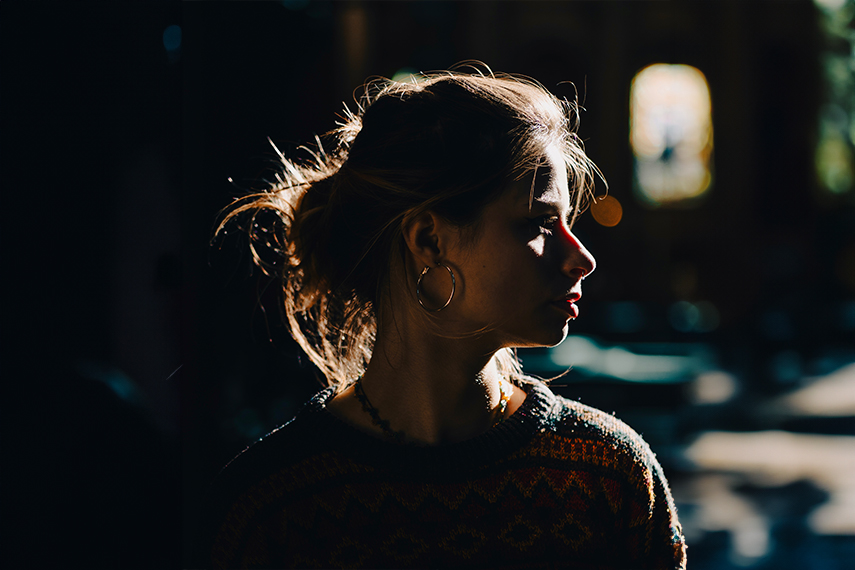
In conversation with: Lucien Kelman, BA (Hons) Animation
-
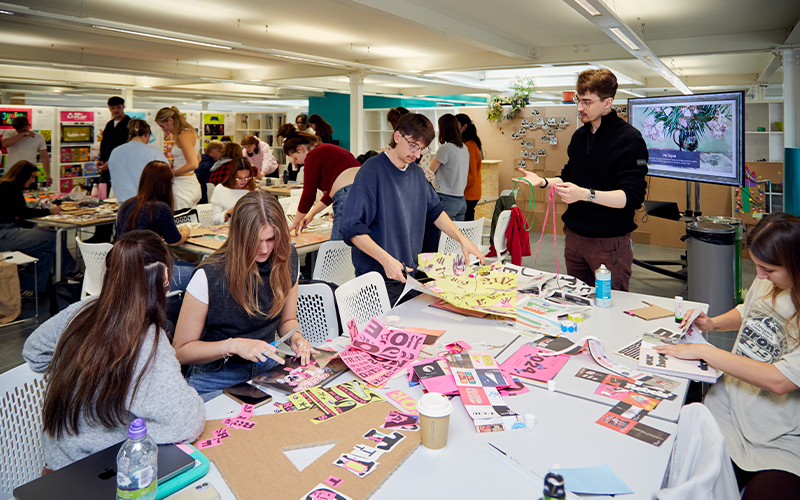
In conversation with: Sam Butler, BA (Hons) Graphic Communication
-
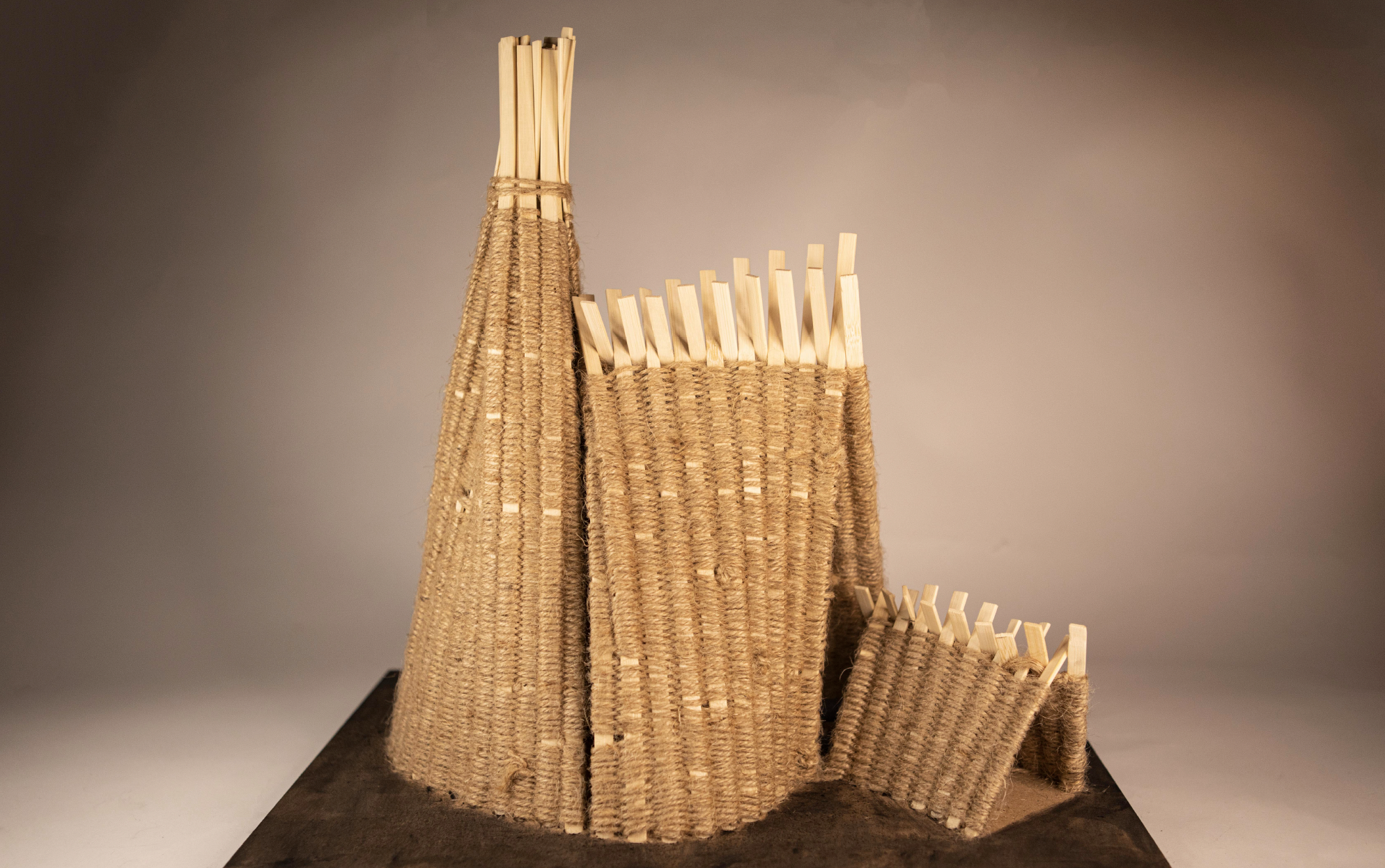
In conversation with: Tracey Lin, BA (Hons) Architecture student
-
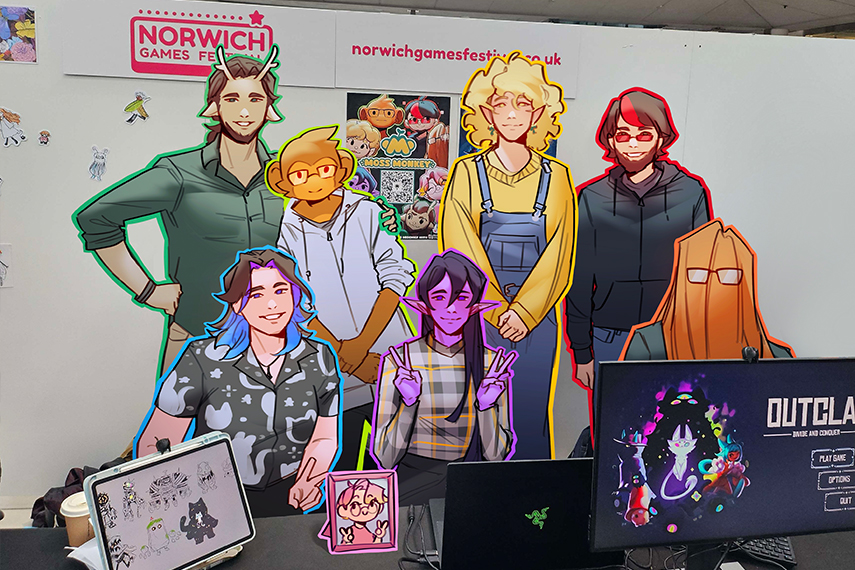
In conversation with: Iz Head, BA (Hons) Games Art and Design

